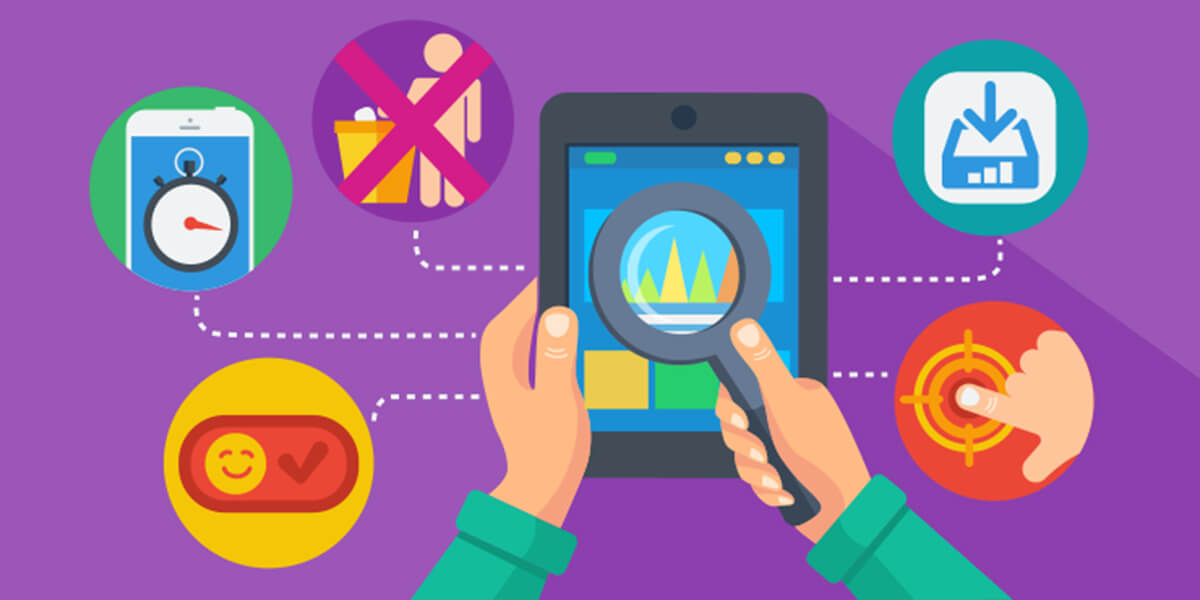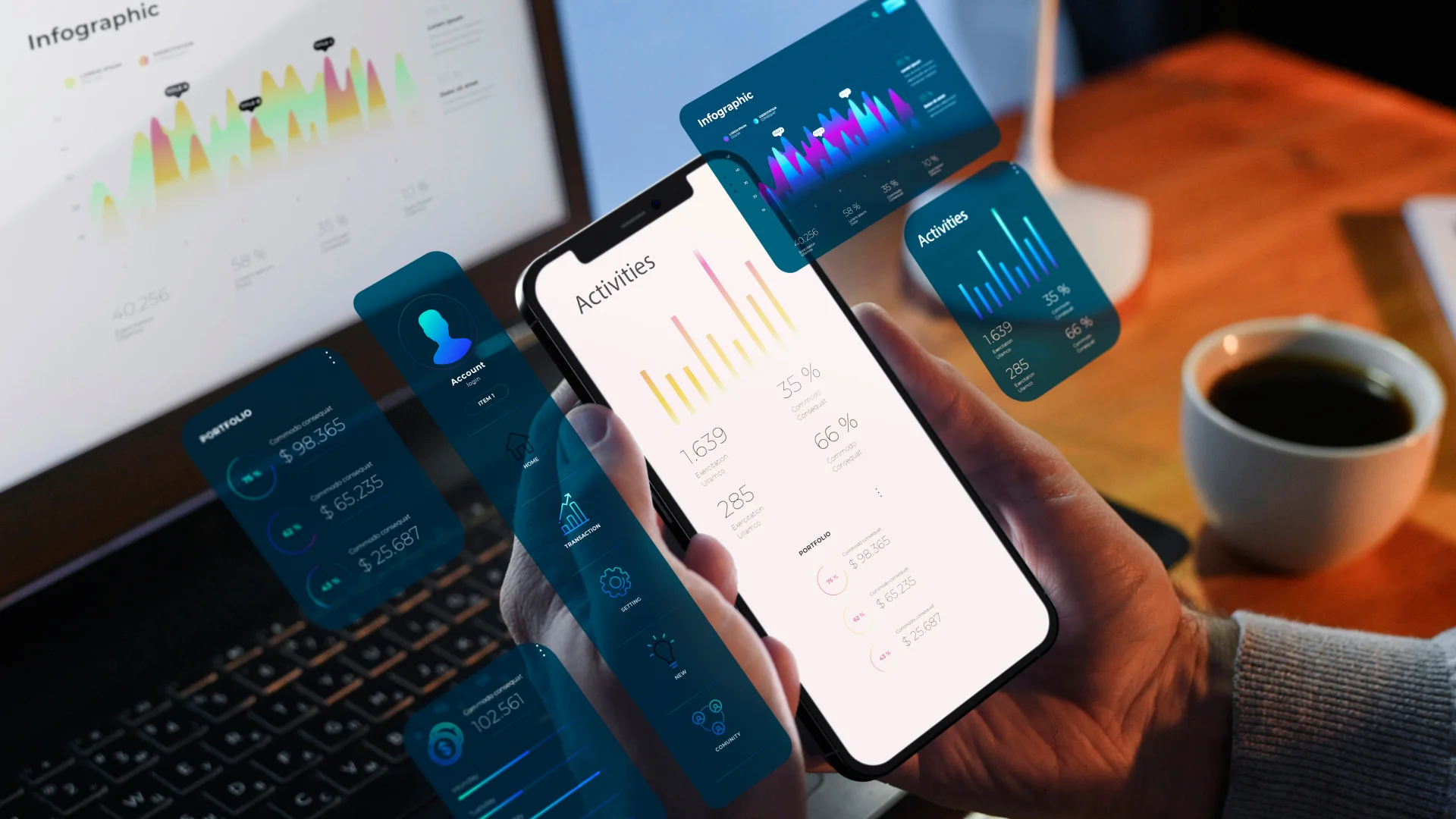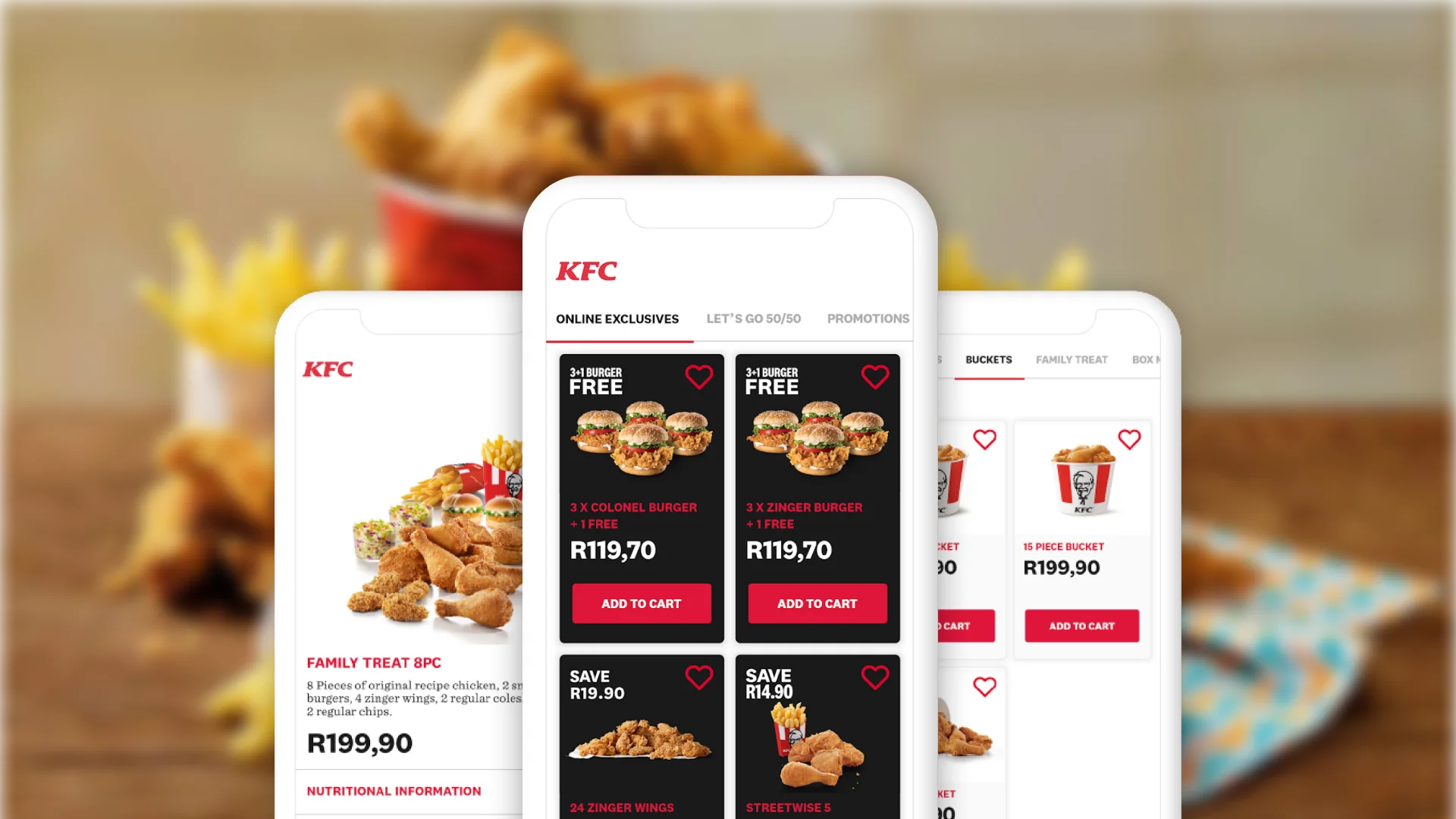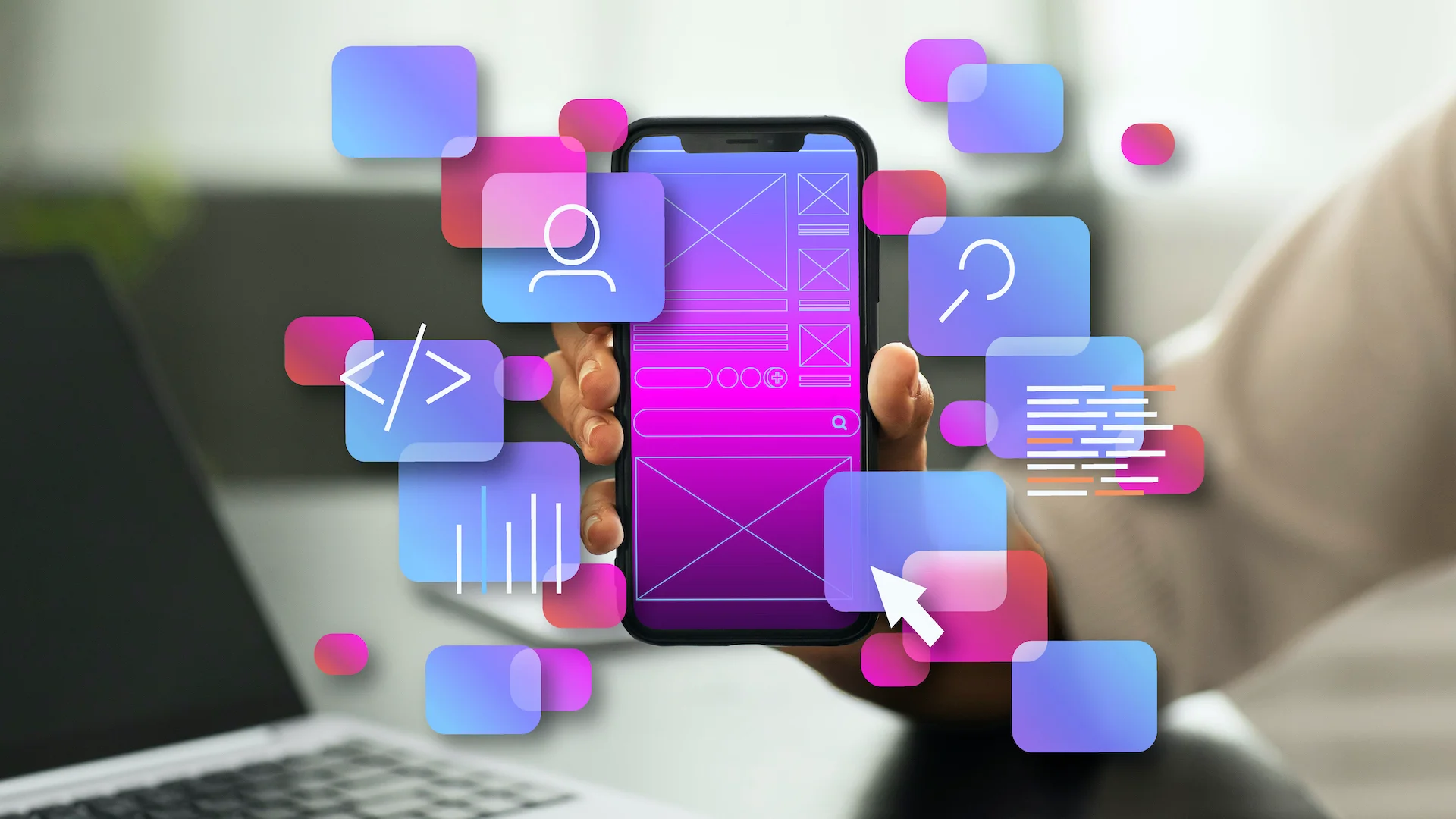Usability Testing During Mobile App Development Cycle – Learn to Be The Best
- Mobile
- October 5, 2016
If you’re developing an app and are reading a lot of articles about how you can do that and what you should keep in mind when entering the mobile field of business – then you most definitely have heard about usability testing. Most people mention it as a key element in mobile app development, but we cannot stress it enough: usability testing is extremely important in the app development process!
The testing can be done even before starting to actually work profusely on the app, because it will help determine if the UI (user interface) you choose is the best for your audience and how they respond to your idea. The learnability of your users and even performance preferences can have a huge effect on your app development process, because after all, you’re working to please your targeted audience, not yourself.
Do you want to know more about what usability testing is and what are the key parameters you should look out for? Let’s take a closer look at what this type of testing does and how you can use it to benefit your app and your users.
The testing finds information in different aspects of the app to help you understand what the user needs and how you can optimize the application for him/her.
First of all, the testing provides you with information about how the colors of your app work together – if they’re pleasant to the eye, if they give a good contrast and so on. It can inform you if you’re missing some pop-up messages like notifications or just needed confirmations with some features. It will also help you see if you have all the right menus and submenus as well as if every page of your app is in line with the others.
This info is all about the appearance: in today’s world, people see hundreds of apps in front of their eyes, so if one is not pleasant to the eye and isn’t consistent, they will not hesitate to delete the app. We’re sure you can already see how the testing can help you.
The last thing you want to do when releasing an app is discriminate. People with eye problems might not be able to read small letters – so be sure your content is written with large characters and is easy to read so everyone can enjoy the app. Don’t forget to check out all of your buttons and be sure people with big fingers and small touchscreens can efficiently use your app. While we’re on the matter of touchscreens, usability testing can also help you see if all the buttons work how they should.
Now that you’ve learned what usability testing does, here’s some tips on how and when you should apply usability testing to get the most out of it:
1. Start as soon as you can
Most app developers will tell you about black box testing (another name for usability testing) and that it is important to have it done on your app. But they might advise you to do it at the end of the process, because it helps you a whole lot with your marketing strategy. He would be right, usability testing helps you in this department, but it should be done in the first minute of working on the app. This way, you can test out your prototypes and find out what works best for your user. Doing the testing this way will not only please your audience, but it will actually save you money and time.
2. Just because you did it once, it doesn’t mean you have to stop
‘Hey, let’s do some more usability testing! We added this new feature, shouldn’t we test it for usability?’ – this is what you should tell yourself every day. Because, while other testing is extremely important as well, this type of testing is the one that keeps the connection between you, as a business, and your user. When adding more features, the usability testing will answer questions like: ‘Will my user understand how to achieve this thing?’, ‘Does my user understand how this works and what is its role?’ and so on. After results come in, you will probably find yourself with some UI changes that are recommended for a more user-friendly platform – and you will be very pleased you tested the app.
Conclusion
People are not easily impressed with apps anymore – they already know what’s up and they require performance and a pleasant user experience. So, you cannot slack on usability testing because it will determine what your users will think about your app. Take the time to test your app constantly throughout the development process and you will be very glad that you did.







